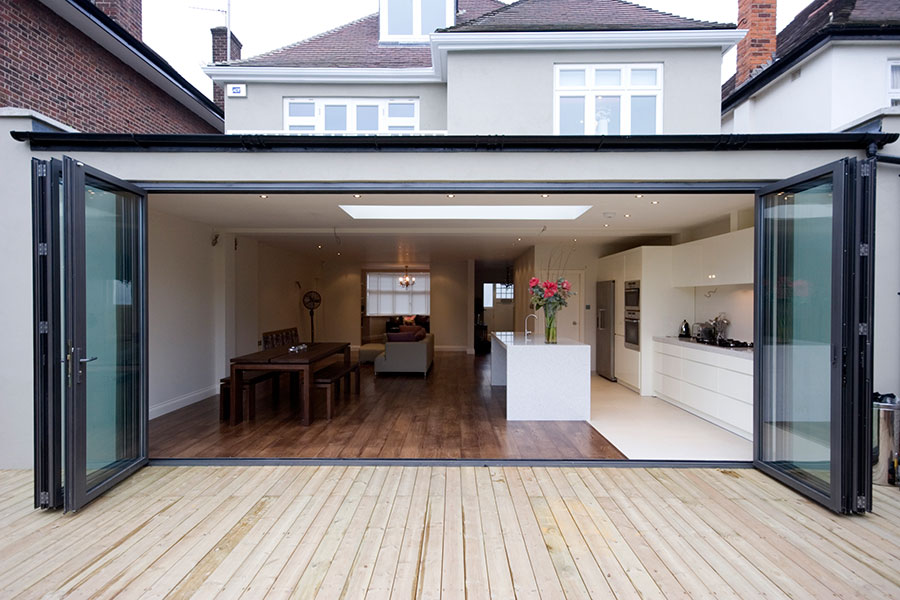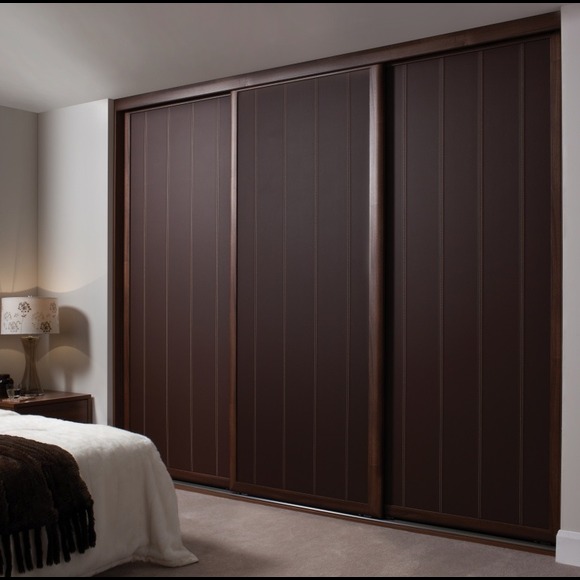
Request a call back from our project manager
Wajahat Shafique Awan
Head & Co-founder

FAQ’s
PVC stands for Polyvinyl chloride and uPVC stands for Unplasticized Polyvinyl Chloride. Both of these materials are extensively used in the construction industry, but uPVC delivers a higher-performance when used as a building material for windows and doors. Due to its chemical composition, PVC is less durable and more toxic for the environment whereas uPVC is exceptionally durable and long-lasting and is completely non-toxic and eco-friendly.
Yes, uPVC windows can be recycled. This not only makes it a more environmentally-friendly alternative but also saves thousands of tons of landfills being dumped every year and helps prevent land pollution.
Cleaning and maintaining uPVC windows is easier than taking care of any other type of windows and doors. As they are highly resistant to any damage caused by staining, scratching, saline water, dirt and dust, they can easily be cleaned in a regular way with a dry cloth.
You can also mix a cup of vinegar with 4 cups of hot water and spray it on the windows and doors. Then, leave it on for 10 minutes and wipe it off with a clean, dry cloth to remove any excess liquid.
You can also mix a cup of vinegar with 4 cups of hot water and spray it on the windows and doors. Then, leave it on for 10 minutes and wipe it off with a clean, dry cloth to remove any excess liquid.
Double glazed uPVC windows are built with two panes of glass and a vacuumed space between them that is usually filled with an inert gas, preferably argon. This space acts as a barrier and traps the heat within the interiors. This helps in energy conservation and yields better thermal insulation. Double glazed windows also help in curbing noise pollution by soundproofing your indoors.
The architecture of the building determines whether a window can be fitted from inside or outside. Although it doesn’t make much difference, most uPVC windows are installed from the outside. Also, all uPVC windows are always sealed from the outside.

